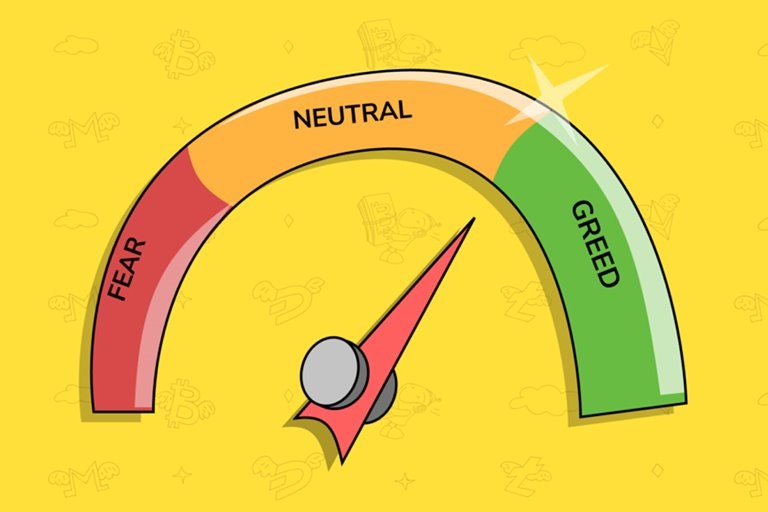Index Of Fear And Greed And Its Application In The Cryptocurrency Market
The Fear And Greed Index Is A Way To Measure Currency Market Fluctuations And Their Reasonable Prices. The Theory Of This Index Is Based On The Logic That Excessive Fear Reduces Stock Prices And Excessive Greed Has The Opposite Effect On The Market.
What is the indicator of fear and greed?
CNNMoney created an index Of Fear And Greed to measure the two main feelings that affect investing. Theoretically, this index can increase or decrease the market and measure the most appropriate price; It is measured daily, weekly, monthly, and yearly and varies between zero (intense fear) to one hundred (intense greed).

When investors are scared, by selling their stocks, they lower the price of those stocks to below their real value, and when investors are greedy, by buying high stocks, they increase their price in the market. Thus, intense fear is in the fear and greed index. , Is a sign of too much concern for investors, but it can also be an opportunity to buy, and the strong greed in this index shows the market needs to reform and the right time to sell.
In this index:
- Zero to 24 indicates severe fear
- 25 to 50 indicates fear
- 50 Indicators of the neutral and intermediate state
- 51 to 74 show greed
- 75 to 100 signs of extreme greed
The titles you will read in this article:
- Calculate the fear and greed index
- Index of fear and greed in the digital currency market
- Indicators of fear and greed in the digital currency market
- Understand the fear and greed index
- Benefits of using the fear and greed index
- Disadvantages of fear and greed index
- Feelings of fear are stronger than feelings of greed
- Overcome feelings of fear and greed in doing business
Calculate the fear and greed index
The fear and greed index is measured based on two hypotheses:
- Excessive fear causes currencies to trade below their real prices.
- Unbridled greed leads to irrational supply and high prices of currencies.
“Warning and greed in the marketplace,” says Warren Buffett.
Fear when others are greedy, and be greedy when others are afraid.
When the index approaches 90 (extreme greed), it may show the value of stocks higher than its real value and encourage investors to sell stocks, or when the index approaches 50 to 100, it will indicate an increase in market greed. And the market is likely to decline; On the other hand, if this index is between zero and 20, it indicates the existence of fear in the market, and we may see an upward market.
The fear and greed index at the time of its introduction to determine the degree of fear and greed in the stock market examined seven different factors, each of which was calculated between zero and 100, and all had equal weight in calculating the fear and greed index:
Changes in the stock price (Price Momentum)
The 125-day moving average compares the S&P 500 with the S&P 500. If the figure is below the S&P 500, there is a fear of investing. In principle, short-term and medium-term trends can identify by moving averages of 10, 50, and 200. When a price moves above these averages, it has an upward trend, and if it moves below, it has a downward trend.
Stock Price Strength
Calculates the number of currencies that hit a 52-week high against the currencies that hit a record low at the same time on the New York Stock Exchange (NYSE). The higher the number of high-priced trades, the greater the greed, and the lower the number of trades, the greater the fear of investing.
Stock Price Breadth
Analysis of trading volume during the market shows an increase versus a decrease in the market. The more trades are made in positive time, the more greedy the market is, and the more trades are made in the downtrend market, the more fear prevails.
Demand for High-Risk Bonds (Junk Bond Demand)
This index measures the willingness to take risks by calculating the buy-in range of investment-grade bonds (Grade Bonds) and high-risk bonds (Junk Bonds). High demand for high-risk securities indicates more greed in the market.
Market Volatility
The Market Fluctuation Index (VIX) is calculated based on the 50-day moving average. When investors abandon their current positions and open new ones in an uncertain market, market volatility increases, and the high level of volatility is a sign of fear.
But if investors keep their assets, market fluctuations will be less, and in this situation, it can be said that there is greed in the market.
Demand for Safe Heaven Demand
Investors expect prices to fall with good bond performance and generally take it off the stock exchange to keep their capital safe. These conditions indicate the existence of fear in the market.
Put and Call Options
When the right to sell is greater than the right to buy, there is fear in the market, and when the right to buy is greater than the right to sell, there is more greed in the market.
Index of fear and greed in the digital currency market
Due to the sharp fluctuations of the digital currency market, the analysis of the factors affecting this market is fundamental, and many indicators have been created for this purpose. One of the influential factors in the market is investors’ feelings, and the index of fear and greed also examines the behavior of this feeling.
The Alternative. me website analyzes the level of fear and greed in the cryptocurrency market and measures this indicator.
According to the website, the digital currency market behaves like traditional markets. When the market is bullish, people may be afraid of losing or losing assets (FOMO) or use their cryptocurrencies in an irrational response to falling prices and Redden the market to sell.
Indicators of fear and greed in the digital currency market
Factors used to measure this index are:
Volatility
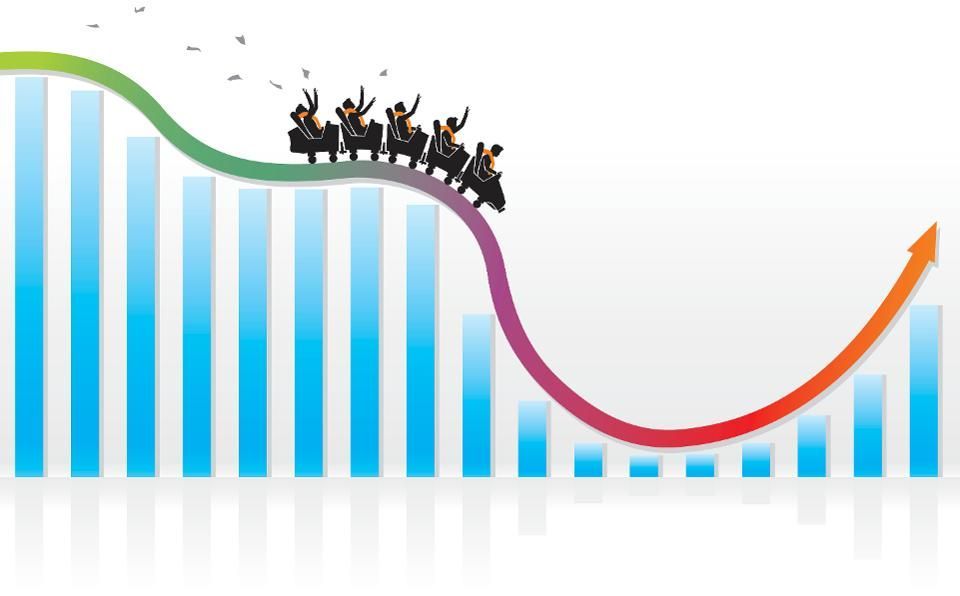
The daily fluctuations of the cryptocurrencies are compared with the average fluctuations of the last 30 and 90 days. In the case of high fluctuations, the numerical value of this index shows more (an increase of greed), and in the case of low fluctuations, this index shows a lower number (an increase of fear).
Market Momentum and Volume
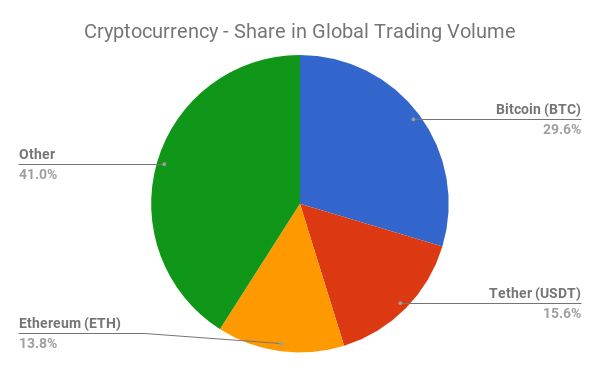
The volume and strength of the current market are examined; The high number of this number and the high volume of purchases in the market can be a sign of high greed, and the decrease of this number can be considered a sign of high fear in the market.
Social Media

People’s desire for a particular and controversial password and the speed of its feedback on social networks is one of the factors in this index. The high figure of this factor indicates an increase in public interest in those cryptocurrencies, which ultimately leads to more greed in the market.
Surveys

Investors’ opinions and thoughts about evaluating any digital currency can effectively understand market behavior. For example, if polls show an uptrend for a cryptocurrency, it will indicate market greed.
Investor surveys used to be one of the factors used in the Fear and Greed Index, but it is no longer used today.
Dominance

The degree of dominance of each cryptocurrency in the market can have an impact on other cryptocurrencies.
For example, the decline in bitcoin dominance in the market indicates the fear in the market of these cryptocurrencies, and as a result, more investment is made in altcoins. If this factor shows an increase in bitcoin dominance in the market, it Shows its procedure.
In general, it can say that public interest in a digital currency will lead to greedy behavior and interest in buying it.
Trends

Using trends and examining them is very useful in calculating the fear and greed index, for example, if the search volume for words such as bitcoin purchase, bitcoin holding, and bitcoin price increases in search engines such as Google, it can conclude that emotional and greedy behavior There is to buy it in the market.
Each of these factors has different weights in measuring the fear and greed index: cryptocurrency fluctuations equal to 25 percent, market power or volume 25 percent, the impact of social networks and polls each fifteen percent and the degree of dominance and trends each 10 percent in calculating the index Fear and greed play a role.
Understand the fear and greed index
Theoretically, the fear and greed index acts as a barometer and examines the market from the investors’ emotional point of view on its price. This index is a kind of contrarian index and shows investors how much the market is afraid and greedy considering the current price.
The Fear and Greed Index is used for two purposes:
1. A tool to deal with market sentiment
Emotions are one of the most important factors in market fluctuations, and investors can use this to their advantage by knowing this and using the fear and greed index. This index shows the general view of the price trend in the market.
Market sentiment indicators are very useful in timing market entry; For example, when the index of fear and greed is between 51 and 100 and shows greed in the market, by reducing the volume of transactions, the risk of losing capital can reduce, on the other hand, when this index is between zero and 49 and indicates severe fear in the market. Buy Ramzarz can be profitable.
2. A tool for verifying actions
When market behavior changes from fear to greed or vice versa, the fear and greed index can confirm investment opportunities or hedge funds from the market. This is especially useful when the market is recovering or falling.
Other influential emotions on the market
Apart from the effects of fear and greed on market fluctuations, other emotions such as worry, excitement, fatigue, frustration, or hope also affect the behavior of investors.
- Worrying about not having enough control over capital and transactions can be an incentive for making poor decisions.
- The excitement of an investor performing so well or receiving high profits can increase his risk-taking and make him make more trades.
- Fatigue from previous trades due to minimal volumes and fluctuations may tempt investors to close their usual trading orders and start new trades with no background or experience.
- Disappointment to stay out of the market and leave the market.
- False hopes and non-acceptance of mistakes cause investors to take tempting actions regardless of previous experiences and signals, and as a result, lose their capital.
Benefits of using the fear and greed index
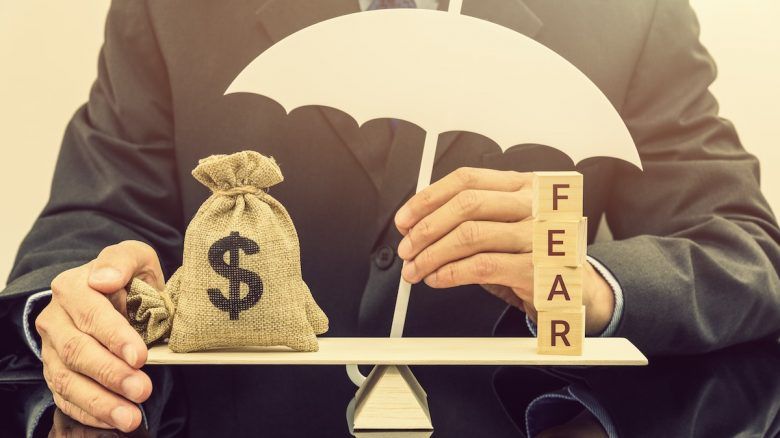
According to some experts, fear and greed, like many other emotions, can make unwise decisions by affecting the subconscious brain. Although no comprehensive research has been done on the chemical function of these two factors in our brains, fear and greed can be powerful stimuli for humans and their possessions.
The fear and greed index can be beneficial for determining when to enter and exit the market.
Many investors have emotional behaviors, and decades of behavioral economics studies provide evidence of the effects of fear and greed on investor decisions; This could be a good reason for the importance of the CNN index.
Research shows that the fear and greed index is reliable in most cases; For example, when on September 17, 2008, the S&P 500 fell to its lowest level in three years after the bankruptcy of Lehman Brothers Bank and the collapse of AIG; The index of fear and greed also showed the number 12 (severe fear), and on the contrary, when in September 2012 (September 2012) global stocks increased after the third slight easing of the Federal Reserve, this index approached 90.
Disadvantages of fear and greed index
Many experts believe that the index of fear and greed can be useful. It is not the only tool for investment decisions; Because emotions alone cannot be reliable for conclusions and market predictions. Controlling fear and greed can help investors identify buying opportunities or avoid over-valuing a stock and curb temptation.
The fear and greed index is usually used to enter the market at the right time, and due to this strategy, some do not consider this index a good investment tool.
Some critics argue that the fear and greed index may encourage investors to trade frequently in the short term and that this strategy will have a low return on investment for investors throughout history.
Feelings of fear are stronger than feelings of greed
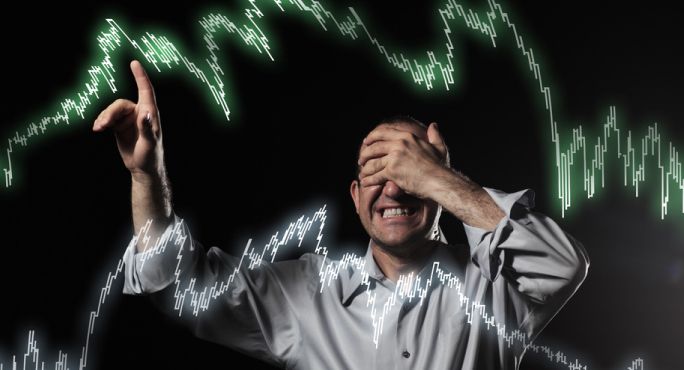
Using fear when investing in the digital currency market can be very profitable because this feeling is stronger than greed and can be a stronger stimulus for sudden behaviors.
Fear of repeating similar mistakes
Fear is one of the most powerful motivators for wanting to improve and perform better. For example, as prices fall, investors’ feelings of fear overwhelm them, and they may even sell their assets at a lower price to avoid losing more capital. Staying on track can help avoid this.
Fear of making mistakes
Fear of making a mistake deprives investors of the opportunity to gain experience. Each person’s situation is different, and each person experiences different conflicts in life, and the amount of stress tolerance is different for each person. More failure and practice provide more chances for learning and can provide better insight into future decisions.
Overcome feelings of fear and greed in doing business

The best way to overcome fear and greed in trading is to plan for the deal and stick to it. Scheduling a transaction can prevent emotional and sudden action.
Actions that may be taken as a result of unreasonable market fluctuations and are taken out of the plan are a deviation from the optimal level, eliminating the loss limit or doubling it.
Another way to reduce the emotional impact is to reduce trading volume; Having and recording a history of transactions is another way to avoid the effects of fear and greed; Having a trading history also makes the investor have a better view of different market conditions and experience market fluctuations in those conditions and can make better and wiser decisions.
Another way to overcome fear and greed is to use the experience of others.
Because of all that has been said about the fear and greed index, it should note that all analytical tools and indices are the only means of predicting the trend of digital currencies and are not error-free or 100% reliable.
Have you ever experienced using this index in your trading? Please write your opinion about the advantages and disadvantages of using it.










